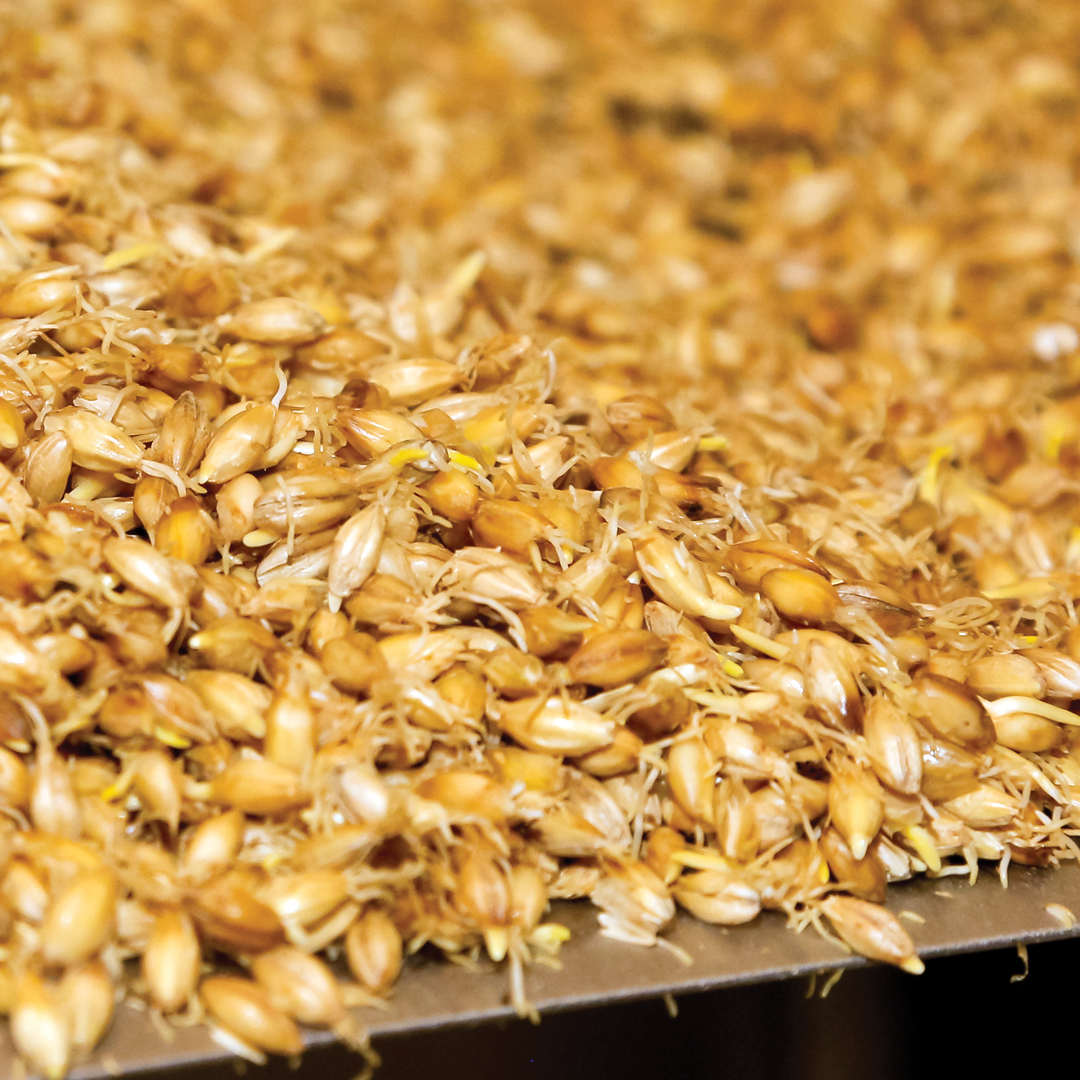FARMING THE FUTURE
BY TIMOTHY FOWLER
Robert Saik wants to change the public’s view of farming. A thinker but also an accomplished doer, Saik has the chops to carry out this self-directed task. The CEO of DOT Autonomous Robotic Farm Solutions and the creator of digital farming information resource AGvisorPRO, he works on the frontline of agricultural innovation. In Saik’s new book Food 5.0: How We Feed the Future, he attempts to dispel myths about farming and reframe the discussion to focus on the future of food production.
“Can we please just lose the red barn and image of the round-fendered pick-up truck?” he said. “This is not modern agriculture.” As far as Saik is concerned, agriculture will be sustained only once people today buy into the far-reaching implications of the next few decades.
“It’s the drive to the future that really shapes the present,” said Saik. “I am quite deliberate about trying to figure out what the future looks like and then connect with people, organizations, ideas and technologies that will allow me to get there.”
Released in August, the book was written primarily for young urban people who are passionate about where their food comes from. Saik challenges these readers to reconsider widely held views about farming. These include assumptions that GM crops are bad and organic farming is inherently good. Certain ideas may make the book’s intended audience uncomfortable, but he suggested such misconceptions stand in the way of feeding a growing global population and radical changes in global food production are needed.
In Food 5.0, Saik takes the reader through five chapters and five eras of agriculture. These include Muscle, The Machine Era, The Chemistry Era, genetic engineering and, finally, Convergence. Perhaps best described as a mashup of past and present farming technologies, the era of convergence sees these emerge as one system. Finding a solution to global food demand in the age of convergence will require combining and building upon the best of previous eras, said Saik. For example, the farm machinery of the 2.0 era is now being equipped with precision agriculture systems that generate data to be analyzed and acted upon by artificial intelligence software. In this emerging age, various technology streams such as data mining, functional automation and genetics are rapidly coming together to benefit yield and productivity.
Of these, Saik believes biotechnology is the best driver to accomplish the productivity boost required to feed an estimated 2050 global population of 10 billion. Long used to produce major commodity crops including corn, soybeans and canola, biotechnology can be further employed to develop crops resistant to disease and drought and produce higher yield.
Saik’s book predicts the use of cutting-edge technology will escalate. Virtual reality glasses will allow farmers to test-drive equipment without leaving their farms while agronomic data will increasingly be collected by drones, satellites
and aircraft. Artificial intelligence software will become a bigger part of farming, as will photometric weed sensors on sprayer nozzles.
Much of this convergence is happening without controversy, but Saik said it’s imperative the public support the agriculture industry in utilizing biotechnology. He suggested overcoming entrenched resistance to GM crops and food products will help make agriculture infinitely sustainable.
Food 5.0 is available at robertsaik.com and on amazon.com.







Comments